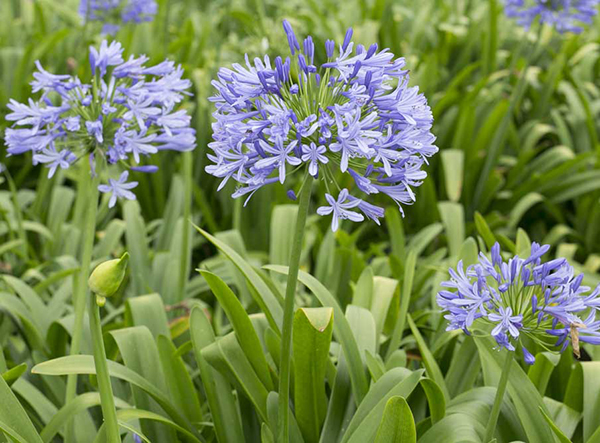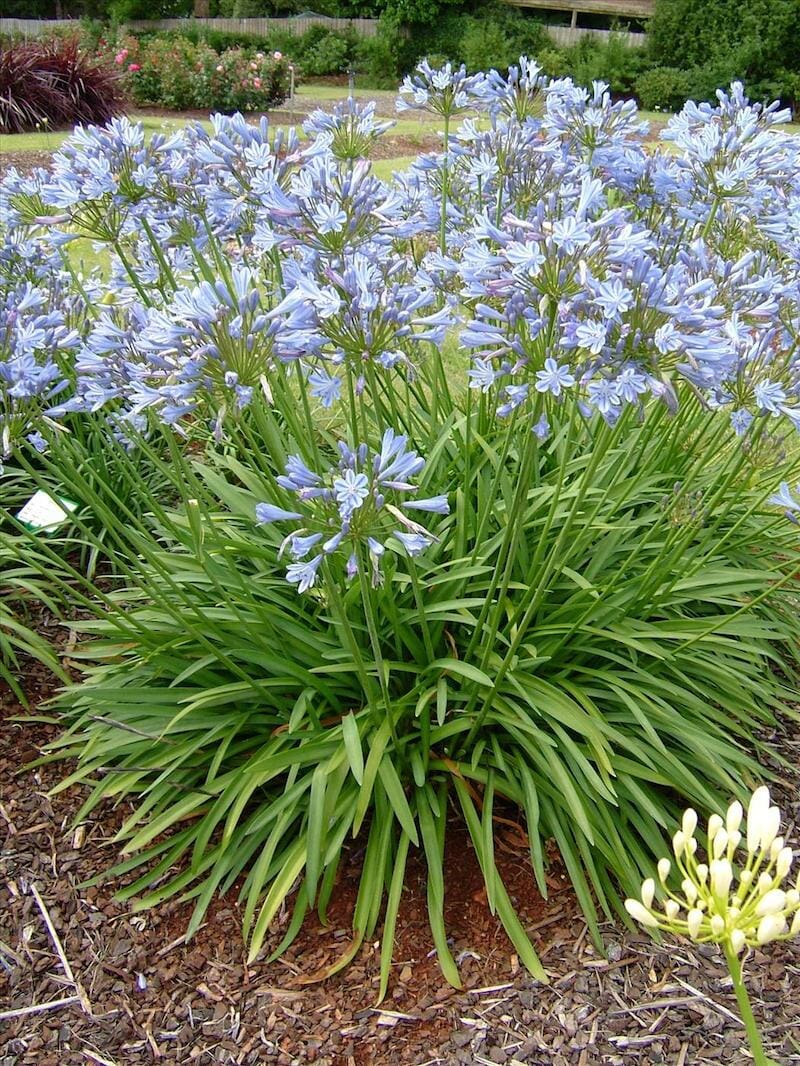Unleashing the Secret to Successful Agapanthus Farming: Tips and Tricks for a Flourishing Garden
In the world of gardening, cultivating agapanthus effectively needs a tactical approach that encompasses various elements of plant treatment. With cautious attention to information, one can open the tricks to supporting these stunning blossoms, causing a garden that grows with elegance and vibrancy. By comprehending the subtleties of agapanthus growing, one can develop an environment where these plants prosper and grow generously. In the adhering to discussion, we will discover important ideas and tricks that will assist you in the direction of a thriving agapanthus yard, providing understandings into finest methods, dirt problems, watering techniques, and much more.
Growing Agapanthus: Ideal Practices
When planting Agapanthus, proper soil preparation is vital for making certain successful development and growth of these attractive flowers. Agapanthus, commonly referred to as Lily of the Nile or African lily, flourishes in well-draining soil with a slightly acidic to neutral pH level - Agapanthus. Before planting, it is important to change heavy clay soils with organic matter such as compost or peat moss to improve drain and supply necessary nutrients for the plants
To grow Agapanthus, pick an area that obtains full sunlight to partial color, as this will certainly promote healthy development and abundant flowering. Dig a hole two times the size of the plant's origin round and put the Agapanthus at the exact same depth it was previously growing. Carefully backfill the hole with soil, pressing down strongly to get rid of any air pockets around the origins.
Water the recently planted Agapanthus completely and remain to keep the dirt equally damp, specifically during the plant's active growing period. Agapanthus. Using a well balanced plant food once a month can better support the plant's growth and flowering. By complying with these best practices for planting Agapanthus, you can develop a magnificent screen of these captivating flowers in your yard
Suitable Soil Issues for Agapanthus
For ideal development and flowering success of Agapanthus plants, guaranteeing the dirt problems are optimal is essential. Agapanthus thrives in well-draining dirt with a slightly acidic to neutral pH level ranging from 6.0 to 7.0. This sort of soil permits ample water drain, avoiding waterlogging which can lead to root rot. To improve dirt drainage, take into consideration adding organic issue such as compost or peat moss when preparing the planting site. Moreover, Agapanthus favors soil that is abundant in nutrients, so including a well balanced fertilizer throughout the growing period can advertise healthy development and dynamic blossoms.

Watering and Feeding Tips
To guarantee healthy growth and vibrant blooms, correct watering and feeding methods are crucial for effective Agapanthus growing. Agapanthus plants benefit from regular watering, specifically throughout the expanding season. It is recommended to water deeply once a week, ensuring the soil is wet yet not soaked. During heat or in pots, even more constant watering may be required to avoid the soil from drying out entirely.
When it involves feeding Agapanthus, a balanced plant food with equal parts nitrogen, phosphorus, and potassium can be applied in the springtime to promote healthy development and flowering. Slow-release fertilizers are ideal for giving nutrients slowly over an extended duration. Prevent over-fertilizing, as this can result in excessive vegetation growth at the expenditure of flowers.
In addition, incorporating natural matter like garden compost into the dirt can boost nutrient levels and boost dirt framework, helping in the overall wellness of the Agapanthus plants. By complying with these watering and feeding ideas, gardeners can guarantee their Agapanthus plants thrive and generate stunning display screens of flowers.
Trimming and Deadheading Methods
Correct my blog pruning and deadheading strategies play an important role in preserving the health and looks of Agapanthus plants, enhancing the essential methods of watering and feeding for successful farming. Pruning Agapanthus includes getting rid of invested flower heads, dead or yellowing leaves, and total shaping of the plant to promote much better development. Deadheading, the procedure of removing faded flowers, not only improves the plant's appearance however additionally motivates more blooming.
When deadheading Agapanthus, it is a good idea to trim off the flower stem at the base utilizing sharp, clean shears. This procedure redirects the plant's energy from seed production back right into origin and foliage growth, advertising a healthier and more robust plant. Regular deadheading can prolong the blooming period of Agapanthus and avoid self-seeding, which can result in congestion.
In regards to pruning, Agapanthus typically gain from a light trim after flowering see this page to tidy up the plant and urge fresh development. Reducing the invested blossom stems and getting rid of any kind of dead or broken foliage aids keep the plant's vigor and general appearance. However, it is important to stay clear of reducing into the crown of the plant, as this can compromise its health.

Protecting Agapanthus From Vermins and Diseases
Applying efficient insect and disease monitoring techniques is essential to guarding the health and vigor of Agapanthus plants in growing. One common pest that influences Agapanthus is the Agapanthus borer, a caterpillar that tunnels into the plant, creating damages to the leaves and blossoms.
In addition to pests, Agapanthus are susceptible to diseases such as origin rot and fungal fallen leave spots. By staying vigilant and dealing with pest and disease concerns without delay, gardeners can aid their Agapanthus grow and grow.

Verdict
Finally, successful farming of agapanthus requires correct planting techniques, excellent soil problems, sufficient watering and feeding, routine trimming and deadheading, and security from diseases and insects. link By following these suggestions and tricks, garden enthusiasts can make certain a prospering yard filled up with gorgeous agapanthus blooms. Agapanthus. Remember to maintain regular treatment and interest to detail to advertise the wellness and longevity of these sensational plants
When growing Agapanthus, correct dirt preparation is important for guaranteeing successful development and advancement of these gorgeous flowers.Water the freshly planted Agapanthus extensively and proceed to keep the soil uniformly wet, especially during the plant's energetic growing period.For ideal growth and growing success of Agapanthus plants, making sure the soil problems are suitable is important. When planting or hair transplanting Agapanthus, ensure the dirt is well-prepared to offer the essential structure for the plants to establish themselves efficiently. One typical parasite that impacts Agapanthus is the Agapanthus borer, a caterpillar that tunnels right into the plant, causing damages to the flowers and fallen leaves.
Comments on “Agapanthus Treatment Tips for Lush and Vibrant Flowers”